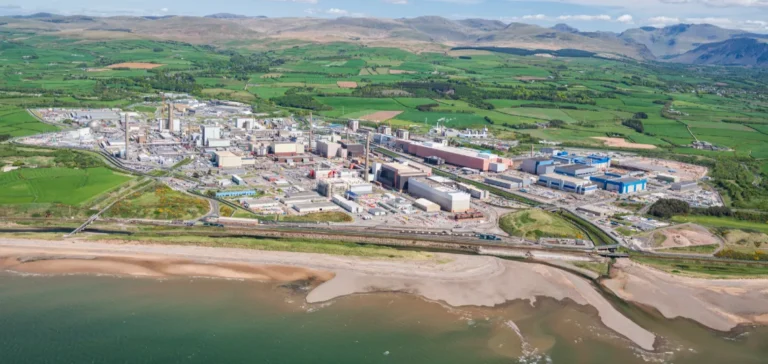Engineering and nuclear services group Amentum has been selected for two major assignments under the United Kingdom’s Sellafield decommissioning programme in north-west England. The initiative, called the Decommissioning and Nuclear Waste Partnership (DNWP), spans 15 years and targets the management of the UK’s ageing nuclear infrastructure. The share of contracts potentially awarded to Amentum is valued at up to £1.4bn ($1.9bn), according to estimates.
A dual strategic role in decommissioning
Sellafield Ltd has appointed Amentum as the remediation partner for operations within the site’s High Security Area, including dismantling disused buildings and retrieving hazardous waste. In parallel, Amentum will also act through a consortium called The Decommissioning Alliance (TDA), which includes AtkinsRéalis and Westinghouse, serving as partner for retrieval activities in nuclear storage ponds.
These operations will focus on used fuel storage areas, notably the First Generation Magnox Storage Pond and the Pile Fuel Storage Pond. The goal is to transfer radioactive materials to modern treatment and storage facilities.
Deployment of remote technologies for radioactive waste
Amentum plans to deploy a range of digital and robotic technologies to optimise project execution. Among these tools, the Bulk Sludge Retrieval Tool will remove radioactive sludge through suction, while remotely operated vehicles will conduct inspections, cutting, handling and sampling in high-radiation zones.
The company will also integrate advanced visualisation, geospatial analysis and artificial intelligence solutions. Its Threadsafe tool, based on natural language processing and knowledge graphs, will be used to analyse complex nuclear safety documentation.
A framework for decades ahead
The DNWP covers both operational and post-operational nuclear facilities at Sellafield. It forms the primary route to market for high-hazard risk reduction activities, as established by Sellafield Ltd.
Remediation spending on the site is expected to increase through 2040, subject to public funding constraints. Sellafield, regarded as one of the UK’s most complex nuclear sites, hosts a significant portion of the country’s civil and military nuclear waste.






















